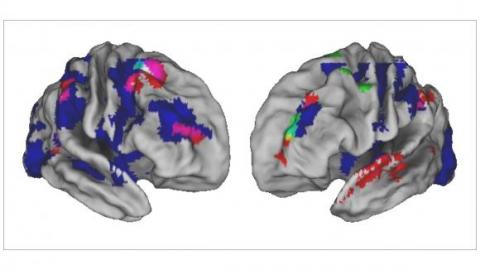NIH continues Brown support with $12M grant to explore the fundamentals of brain function

With a new five-year grant from the National Institutes of Health, the Center for Central Nervous System Function will launch five research projects and develop new analysis tools to advance brain science at Brown.
Brown University’s Center for Central Nervous System Function, part of the Carney Institute for Brain Science, has been awarded a $12 million grant renewal from the National Institutes of Health’s Centers of Biomedical Research Excellence (COBRE) program. The funding will support the research center for the next five years.
With a focus on the genetic and neural basis for attention, decision-making and action, the expansion of research in the Center for Central Nervous System Function will complement Brown’s broader scientific discovery at the Carney Institute in the areas of cognitive neuroscience, computational neuroscience, neurobiology of brain circuits and brain imaging, recording and stimulation.
“Our goal is to develop fundamental knowledge about higher-order nervous system function,” said Jerome Sanes, a Brown professor of neuroscience who leads the center. “With this support, we will work on understanding fundamental properties in the brain from decision-making to sensory perception. The five new projects funded through this grant are models of a wide range of neural processes — from making decisions to detecting objects in the world around you to going through sequential tasks in your daily life.”
COBRE is a National Institute for General Medical Sciences program that aims to bolster research and mentorship of promising junior faculty members. Researchers at eligible institutions can apply for up to three five-year phases of COBRE support. Brown’s central nervous system program is in its second phase, with an $11 million award in 2013 launching the center.
The new $12 million federal grant follows on the heels of a $100 million gift to the Carney Institute to advance work on how the brain functions as well as finding cures for some of the world’s most devastating diseases, from ALS to Alzheimer’s.



